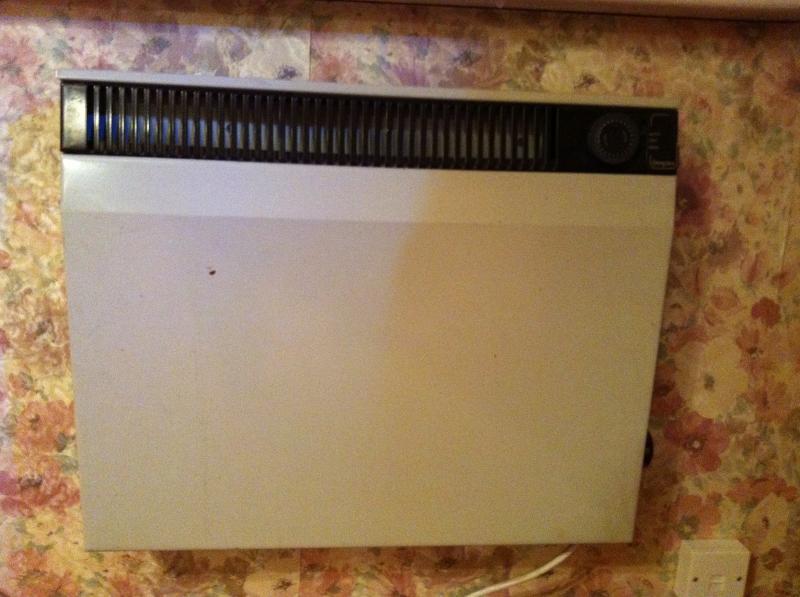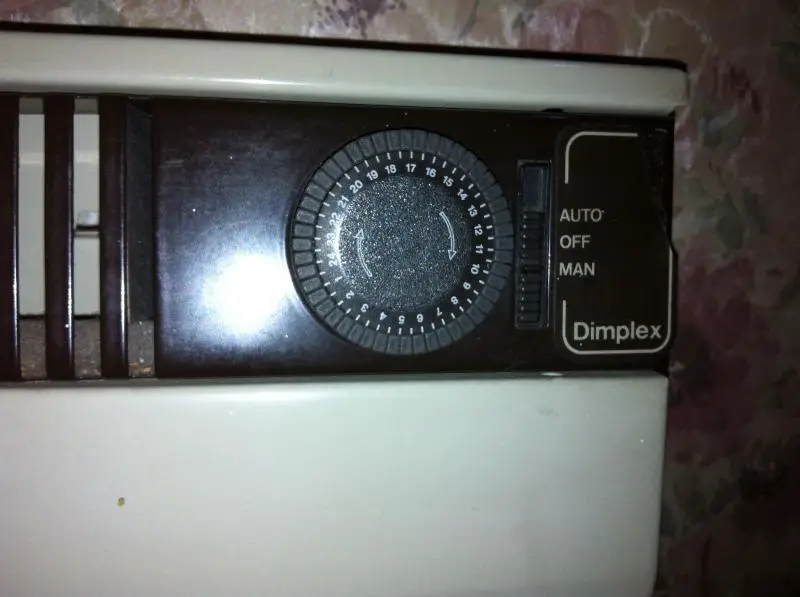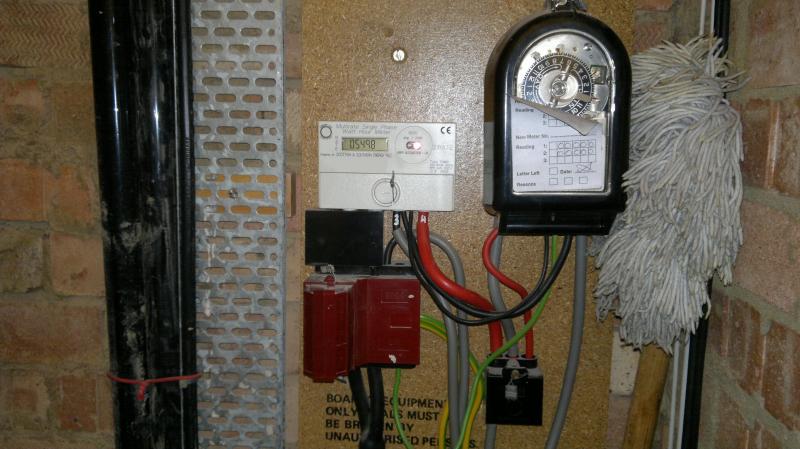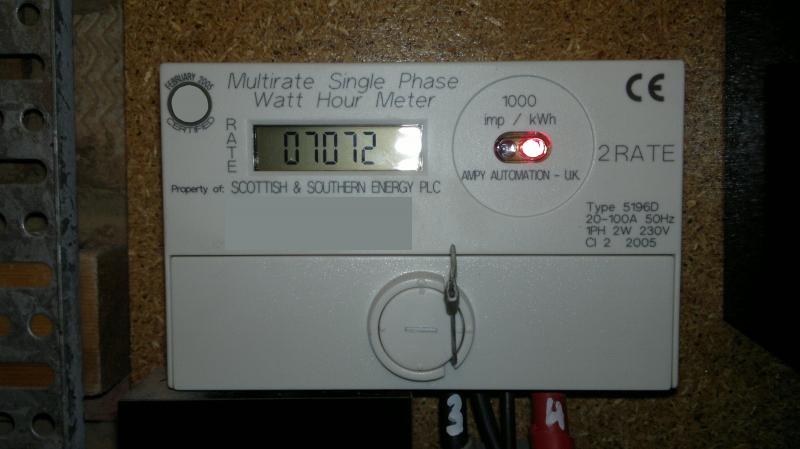Hello all! Being a noob to electrics could anyone tell me what type of heater this is?
Although this heater outputs heat quite quickly from cold, I'm concerned that in a cold winter it would be uneconomical to run overnight.
But if I replaced it with a storage heater I'm of the understanding that it would not produce heat quickly enough from cold i.e when arriving home on a cold evening.
What would be the most economical type of heater for a bedroom in a flat with electric only, no gas?
Cheers!
Although this heater outputs heat quite quickly from cold, I'm concerned that in a cold winter it would be uneconomical to run overnight.
But if I replaced it with a storage heater I'm of the understanding that it would not produce heat quickly enough from cold i.e when arriving home on a cold evening.
What would be the most economical type of heater for a bedroom in a flat with electric only, no gas?
Cheers!





